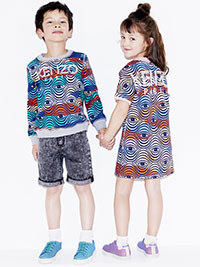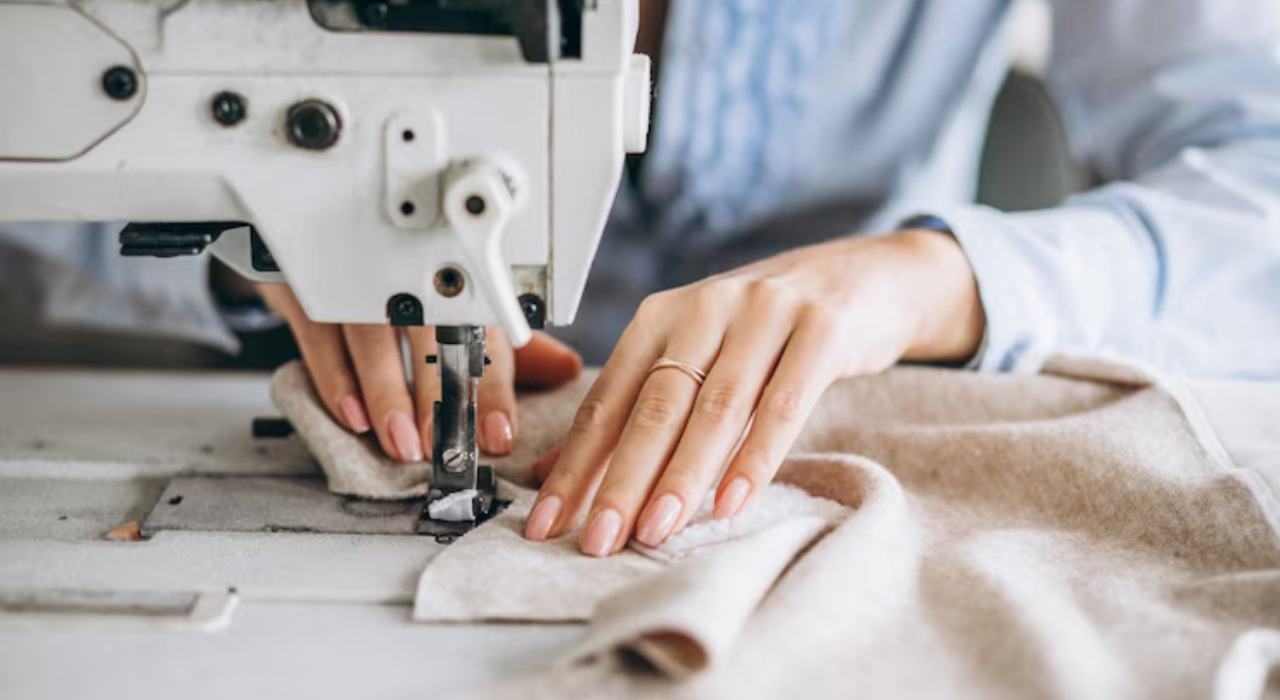"Natalie Kotlyar, Leader of BDO’s national retail and consumer products practice, believes as the US birth rate has been relatively stable this year, children’s apparel market has been stagnant. BDO expects e-commerce and big-box retail to capture the majority of children’s apparel sales, as consumers strapped for time–especially those with young children–are looking for the most convenient options: shopping on-the-go or at one-stop shops"
 Kids wear market has got a major fillip with numerous apparel brands expanding into the children’s market. This includes brands like Rent the Runway which launched a kid’s wear range earlier this year; Stitch Fix also launched a kid’s subscription box last year while Brooks Brothers is planning to launch new infant wear collection. Indeed kid’s wear category is thus gaining more attention than usual from brands of late.
Kids wear market has got a major fillip with numerous apparel brands expanding into the children’s market. This includes brands like Rent the Runway which launched a kid’s wear range earlier this year; Stitch Fix also launched a kid’s subscription box last year while Brooks Brothers is planning to launch new infant wear collection. Indeed kid’s wear category is thus gaining more attention than usual from brands of late.
Kid’s apparel’s business is highly competitive as nothing sells at full price. The business belongs to the buy-now-wear-now category as it relies heavily on the weather. People do not buy kid’s clothes in advance due to changing sizes. This poses a huge challenge for brands that are always looking to grow. Secondly, the labor required on the kid’s apparel – the work for a girls dress is the same as an adult dress, and there’s no break on labor costs because it’s a smaller item.
Kid’s wear to grow despite recession
Natalie Kotlyar, Leader of BDO’s national retail and consumer products practice, believes as the US birth rate has been relatively stable this year, children’s apparel market has been stagnant. BDO expects e-commerce and big-box retail to capture the majority of children’s apparel sales, as consumers strapped for time–especially those with young children–are looking for the most convenient options: shopping on-the-go or at one-stop shops
One big retailer that seems poised to capture a majority of the kid’s market share is Target, which launched its private-label line Cat & Jack in 2017, and tallied $1 billion in sales within the first year of this launch. The brand has now reached $2 billion in volume. This also includes its adaptive apparel options for differently-abled children.
Though the looming recession may affect consumer spending on apparel, the kid’s wear category is expected to remain more or less unscathed as consumers will continue to spend money on kid’s clothing.
Millennials and mini-me
New avenues of shopping are also opening. For instance, just like Mom & Me stores for women and their daughters, many brands are now setting up Daddy & Me stores for men and their sons. The kid’s apparels in these stores are a mini reflection of the menswear range. All the styling and adaptations are closely tied to men’s in the mini-me version.
Hana Ben-Shabat, Former Partner in A.T. Kearney’s consumer goods and retail practice and now founder of strategic research consultancy Gen Z Planet, credits the uptick in the matching trend to growing social media influence and the rising celebrity culture. Some kid’s wear brands have already garnered incremental children’s apparel sales by capitalsing on this trend.
However, the younger Gen Z cohorts are likely to opt out of this mini-me gear as they reach their tween and teen. As these kids are more aware of the fashion trends due to the rising social media influence, they don’t like their clothes replicating the same trends and opt for authenticity in their clothes. Therefore, to explore this booming market brands needs to offer a unique value proposition based on the needs of these young mothers and their kids.












